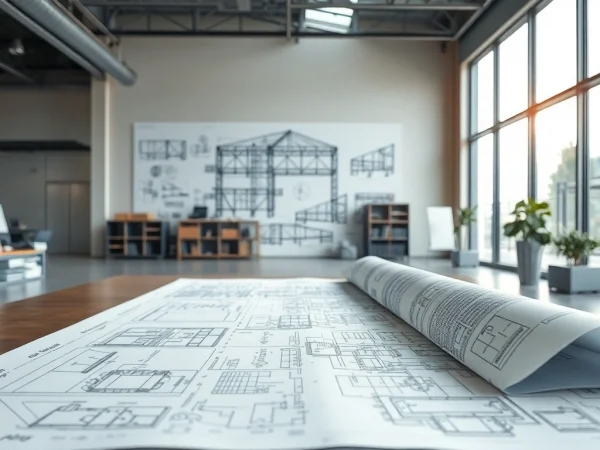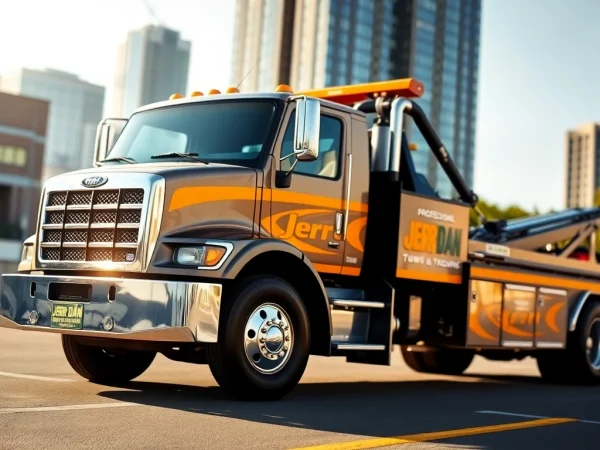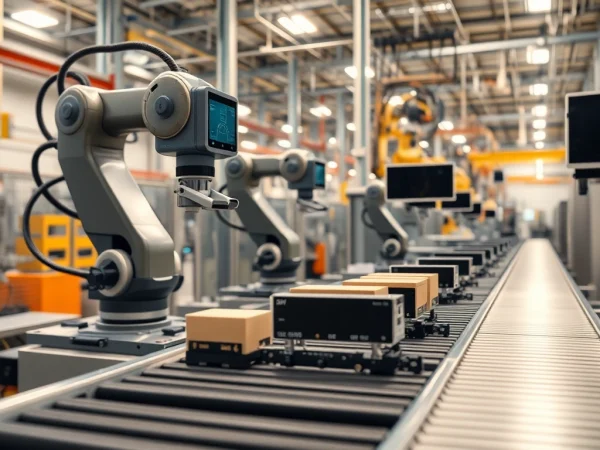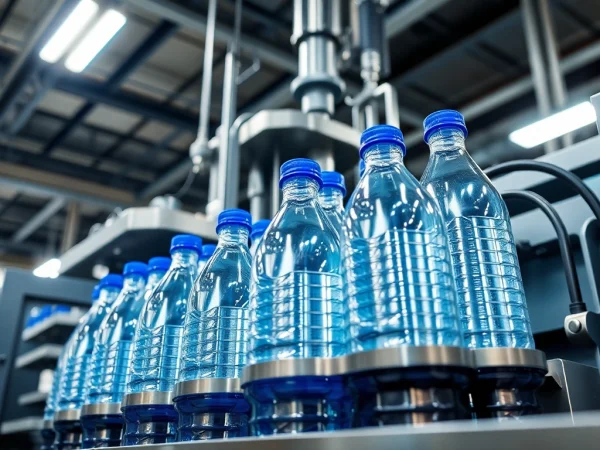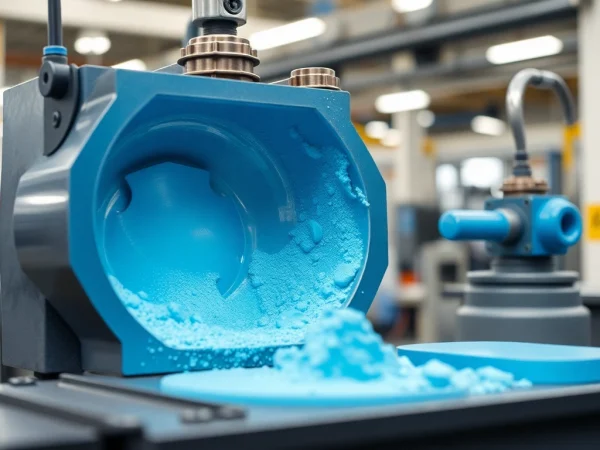Comprehensive Insights into Steel Structure Design for Modern Architecture
Understanding Steel Structure Design
Introduction to Steel Structure Design Concepts
The execution of steel structure design encompasses a multifaceted approach that integrates engineering principles, innovative materials, and cutting-edge technology. This process begins with the conceptualization of a structure, identified by its functional requirements, and enhanced by the aesthetic vision of designers and architects. The aim is to create robust buildings that are not only safe and resilient but also capable of withstanding various environmental loads throughout their lifespan.
Importance of Steel in Contemporary Construction
Steel has emerged as a pivotal material in the construction industry due to its unique properties such as strength-to-weight ratio, flexibility, and durability. These characteristics make it suitable for a variety of applications ranging from high-rise buildings and bridges to industrial facilities and warehouses. Furthermore, as sustainability takes center stage in construction practices, steel stands out as a recyclable material, contributing to lower carbon footprints and wasted resources.
Key Principles of Steel Structure Design
Successful steel structure design is governed by several key principles. First, the structure must comply with safety and performance standards, meaning that engineers must carefully consider loads, material strengths, and environmental impacts. Second, effective communication between designers, engineers, and construction teams is essential to ensure that the final product meets the initial vision and functional requirements. Lastly, incorporating innovative design approaches, such as modular construction or integrated design-build processes, can enhance efficiency, reduce costs, and streamline project delivery.
Components of Steel Structure Design
Types of Steel Used in Construction
The selection of steel types is critical in the design of robust structures. Common types include:
- Carbon Steel: Known for its strength and ductility, carbon steel is commonly used in structural beams, columns, and reinforcements.
- Alloy Steel: This includes metals such as chromium, nickel, and molybdenum. Alloy steels offer enhanced performance characteristics and are used in demanding environments.
- Stainless Steel: With superior corrosion resistance, stainless steel is ideal for structures exposed to harsh weather conditions, such as coastal and industrial applications.
Design Codes and Standards for Steel Structures
Adhering to recognized design codes is fundamental in steel structure design to ensure safety, performance, and durability. Prominent standards include:
- AISC (American Institute of Steel Construction): Sets guidelines for design, fabrication, and erection practices of steel structures.
- IBC (International Building Code): Provides regulations that ensure building safety, accessibility, and sustainable construction practices.
- ASCE (American Society of Civil Engineers): Offers standards related to load calculations and structural integrity assessments.
Structural Analysis Techniques
Structural analysis is a fundamental component of steel structure design, enabling engineers to predict how a structure will behave under various loads. Key techniques include:
- Finite Element Analysis (FEA): A computational technique that breaks down a structure into smaller, manageable elements to assess stress, strain, and deflection.
- Load Path Analysis: Involves tracing the load paths from the applied loads through the structural elements to the foundation, ensuring no weak links exist.
- Stability Analysis: Evaluates the potential for structural failure due to buckling or excessive deflection, particularly in slender structures, ensuring adequate resistance to lateral loads.
Design Approaches for Steel Structures
Load Considerations in Steel Structure Design
Understanding the types and magnitudes of loads that a structure will encounter is integral to safety and functionality. Key load categories include:
- Dead Loads: Permanent static loads, including the weight of the structural components themselves.
- Live Loads: Temporary loads imposed by occupants, furniture, and movable equipment.
- Environmental Loads: Includes wind, seismic, and thermal effects that can impose significant stresses on structures.
Designing for Sustainability
As environmental concerns continue to grow, sustainable steel structure design is paramount. Effective strategies involve:
- Material Efficiency: Prioritizing the use of recycled steel and optimizing material usage to reduce wastage.
- Energy Considerations: Designing buildings that reduce energy consumption through orientation, insulation, and the use of renewable energy sources.
- Longevity and Adaptability: Ensuring structures can accommodate future changes in use, minimizing the need for future reconstruction.
Innovative Techniques in Steel Structure Design
Emerging techniques are revolutionizing steel structure design, allowing for improved efficiency and creativity. Notable innovations include:
- 3D Printing: Leveraging additive manufacturing to create complex components that minimize waste and labor costs.
- Parametric Design: Utilizing algorithms to enable dynamic design, allowing for real-time adjustments based on changing conditions.
- BIM (Building Information Modeling): Implementing advanced modeling tools to facilitate interdisciplinary collaboration, improve accuracy, and enhance project delivery timelines.
Challenges in Steel Structure Design
Common Problems Faced in Structural Design
Despite the advantages of steel, designers encounter several challenges, including:
- Design Complexity: Advancements in design technology can be overwhelming and require continuous learning and adaptation.
- Cost Fluctuations: The volatility of steel prices can impact project budgets and necessitate careful financial planning.
- Environmental Regulations: Complying with stringent building codes and sustainability practices can be resource-intensive and time-consuming.
Solutions for Effective Steel Structure Design
Addressing the challenges requires strategic solutions, such as:
- Collaboration: Encouraging teamwork among architects, engineers, and construction teams to streamline processes and share knowledge.
- Modular Construction: Utilizing pre-fabricated components to enhance construction efficiency and reduce onsite labor costs.
- Risk Management: Developing robust contingency plans to address potential budget overruns or project delays, ensuring flexibility in project execution.
Case Studies of Successful Steel Structures
Several exemplary projects illustrate the best practices in steel structure design. One standout example is the Burj Khalifa in Dubai, notable for its innovative use of a bundled tube system, allowing for an efficient, high-rise structure. Similarly, the Sydney Harbour Bridge exemplifies the effective integration of technology and materials to create a landmark that has withstood the test of time, attracting millions of visitors annually.
The Future of Steel Structure Design
Emerging Trends in Steel Construction
The steel construction industry is increasingly influenced by factors such as globalization, technological advancements, and evolving societal needs. Key trends include the continued adoption of green building practices and a shift towards digital transformation in project management methodologies. With sustainable development objectives driving new projects, the focus is shifting towards developing energy-efficient and environmentally responsible buildings using steel.
Technological Advances in Steel Design
As technology propels forward, several advancements are shaping the future of steel structure design:
- Artificial Intelligence: AI is being utilized for predictive analytics in resource allocation and risk assessment, enhancing decision-making processes.
- Augmented Reality (AR): AR is being employed for virtual walkthroughs to visualize structure integrity before construction occurs, allowing for proactive modifications.
- Smart Materials: The integration of smart materials that respond to environmental changes promises to enhance the longevity and resilience of steel structures.
Predictions for the Future Landscape of Steel Structures
Future steel structures are likely to reflect a blend of technological innovation, creative design, and sustainable practices. One can anticipate increased customization and complexity in structural designs, facilitated by advanced modeling techniques. Furthermore, as the importance of building resilience grows, designers will prioritize adaptability to climate change and natural disasters, incorporating features that enhance performance in extreme conditions. As we move forward, the industry will likely see collaborations with ecological organizations to further enhance the sustainability of steel construction and mitigate the environmental impact.

